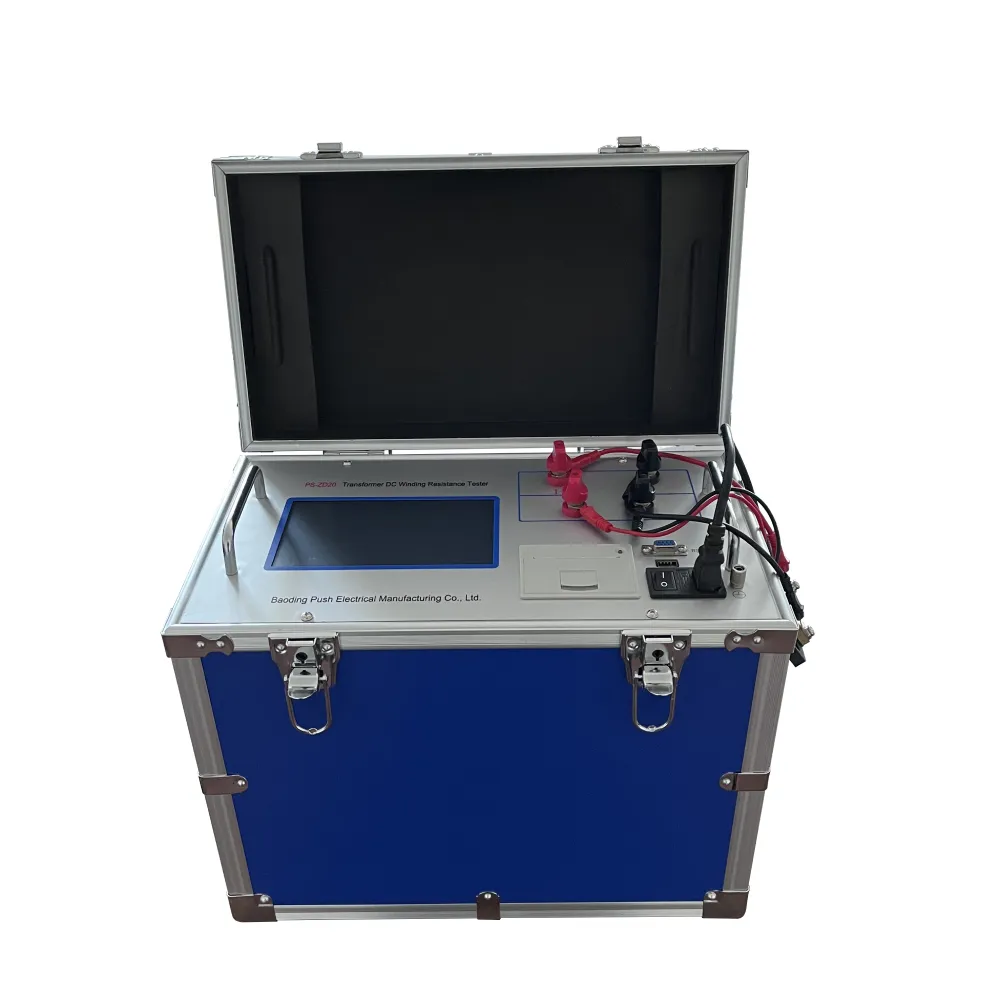TEL:
+86-0312-3189593
 English
English

Telephone:0312-3189593

Email:sales@oil-tester.com

-
 Afrikaans
Afrikaans -
 Albanian
Albanian -
 Amharic
Amharic -
 Arabic
Arabic -
 Armenian
Armenian -
 Azerbaijani
Azerbaijani -
 Basque
Basque -
 Belarusian
Belarusian -
 Bengali
Bengali -
 Bosnian
Bosnian -
 Bulgarian
Bulgarian -
 Catalan
Catalan -
 Cebuano
Cebuano -
 China
China -
 China (Taiwan)
China (Taiwan) -
 Corsican
Corsican -
 Croatian
Croatian -
 Czech
Czech -
 Danish
Danish -
 Dutch
Dutch -
 English
English -
 Esperanto
Esperanto -
 Estonian
Estonian -
 Finnish
Finnish -
 French
French -
 Frisian
Frisian -
 Galician
Galician -
 Georgian
Georgian -
 German
German -
 Greek
Greek -
 Gujarati
Gujarati -
 Haitian Creole
Haitian Creole -
 hausa
hausa -
 hawaiian
hawaiian -
 Hebrew
Hebrew -
 Hindi
Hindi -
 Miao
Miao -
 Hungarian
Hungarian -
 Icelandic
Icelandic -
 igbo
igbo -
 Indonesian
Indonesian -
 irish
irish -
 Italian
Italian -
 Japanese
Japanese -
 Javanese
Javanese -
 Kannada
Kannada -
 kazakh
kazakh -
 Khmer
Khmer -
 Rwandese
Rwandese -
 Korean
Korean -
 Kurdish
Kurdish -
 Kyrgyz
Kyrgyz -
 Lao
Lao -
 Latin
Latin -
 Latvian
Latvian -
 Lithuanian
Lithuanian -
 Luxembourgish
Luxembourgish -
 Macedonian
Macedonian -
 Malgashi
Malgashi -
 Malay
Malay -
 Malayalam
Malayalam -
 Maltese
Maltese -
 Maori
Maori -
 Marathi
Marathi -
 Mongolian
Mongolian -
 Myanmar
Myanmar -
 Nepali
Nepali -
 Norwegian
Norwegian -
 Norwegian
Norwegian -
 Occitan
Occitan -
 Pashto
Pashto -
 Persian
Persian -
 Polish
Polish -
 Portuguese
Portuguese -
 Punjabi
Punjabi -
 Romanian
Romanian -
 Russian
Russian -
 Samoan
Samoan -
 Scottish Gaelic
Scottish Gaelic -
 Serbian
Serbian -
 Sesotho
Sesotho -
 Shona
Shona -
 Sindhi
Sindhi -
 Sinhala
Sinhala -
 Slovak
Slovak -
 Slovenian
Slovenian -
 Somali
Somali -
 Spanish
Spanish -
 Sundanese
Sundanese -
 Swahili
Swahili -
 Swedish
Swedish -
 Tagalog
Tagalog -
 Tajik
Tajik -
 Tamil
Tamil -
 Tatar
Tatar -
 Telugu
Telugu -
 Thai
Thai -
 Turkish
Turkish -
 Turkmen
Turkmen -
 Ukrainian
Ukrainian -
 Urdu
Urdu -
 Uighur
Uighur -
 Uzbek
Uzbek -
 Vietnamese
Vietnamese -
 Welsh
Welsh -
 Bantu
Bantu -
 Yiddish
Yiddish -
 Yoruba
Yoruba -
 Zulu
Zulu
Gearr . 12, 2025 11:27
Back to list
short circuit impedance of transformer
The short circuit test of a transformer is a pivotal assessment that unveils insights into the efficiency and reliability of the transformer. This exam is crucial for engineers and technologists who wish to optimize transformer performance and ensure safety in electrical systems. In this article, we delve into the practical and technical underpinnings of conducting short circuit tests, highlighting Experience, Expertise, Authoritativeness, and Trustworthiness (E-E-A-T) in transformer assessments.
Trustworthiness is cultivated through methodical documentation and transparent communication of the test results. Prior to testing, a detailed plan should be crafted, outlining the objectives, methodologies, and expected outcomes. Post-test, comprehensive reports should be generated, delineating the findings and endorsing recommendations for maintenance or upgrades if necessary. Sharing this information with clients and stakeholders fosters trust, establishing the testing entity as a dependable partner in electrical infrastructure development. For product-based applications, manufacturers leverage short circuit test data to refine their offerings. By pinpointing potential inefficiencies or durability issues through testing, product design can be adjusted accordingly, ensuring that the final output is not only efficient but also reliable in the long term. Providing superior, tested products boosts consumer confidence and positions the brand as a leader in quality and safety. Moreover, savvy manufacturers often use the insights gleaned from these tests to innovate. Incorporating advanced materials and cutting-edge technologies into transformer production can minimize power losses and maximize fault tolerance. These enhancements not only meet but exceed industry standards, creating a competitive edge in the marketplace. In conclusion, the short circuit test of a transformer is not merely a technical procedure; it embodies a strategic instrument for ensuring quality and fostering innovation. By embracing both experiential knowledge and professional expertise, adhering to authoritative standards, and ensuring transparent documentation, one can elevate the transformer testing process, enhancing both product reliability and brand reputation. These practices underscore a commitment to excellence and safety, hallmarks of an organization that is trusted and esteemed in the realm of electrical engineering.


Trustworthiness is cultivated through methodical documentation and transparent communication of the test results. Prior to testing, a detailed plan should be crafted, outlining the objectives, methodologies, and expected outcomes. Post-test, comprehensive reports should be generated, delineating the findings and endorsing recommendations for maintenance or upgrades if necessary. Sharing this information with clients and stakeholders fosters trust, establishing the testing entity as a dependable partner in electrical infrastructure development. For product-based applications, manufacturers leverage short circuit test data to refine their offerings. By pinpointing potential inefficiencies or durability issues through testing, product design can be adjusted accordingly, ensuring that the final output is not only efficient but also reliable in the long term. Providing superior, tested products boosts consumer confidence and positions the brand as a leader in quality and safety. Moreover, savvy manufacturers often use the insights gleaned from these tests to innovate. Incorporating advanced materials and cutting-edge technologies into transformer production can minimize power losses and maximize fault tolerance. These enhancements not only meet but exceed industry standards, creating a competitive edge in the marketplace. In conclusion, the short circuit test of a transformer is not merely a technical procedure; it embodies a strategic instrument for ensuring quality and fostering innovation. By embracing both experiential knowledge and professional expertise, adhering to authoritative standards, and ensuring transparent documentation, one can elevate the transformer testing process, enhancing both product reliability and brand reputation. These practices underscore a commitment to excellence and safety, hallmarks of an organization that is trusted and esteemed in the realm of electrical engineering.
Latest news
-
Testing Equipment Industry Sees Major Advancements in 2025: Smart & Precision Technologies Lead the WayNewsJun.06,2025
-
Applications of Direct Current Generators in Renewable Energy SystemsNewsJun.05,2025
-
Hipot Tester Calibration and Accuracy GuidelinesNewsJun.05,2025
-
Digital Circuit Breaker Analyzer Features and BenefitsNewsJun.05,2025
-
Benefits of Real-Time Power Quality Monitoring Devices for Industrial EfficiencyNewsJun.05,2025
-
Earth Fault Loop Testing in High-Rise Building Electrical SystemsNewsJun.05,2025



